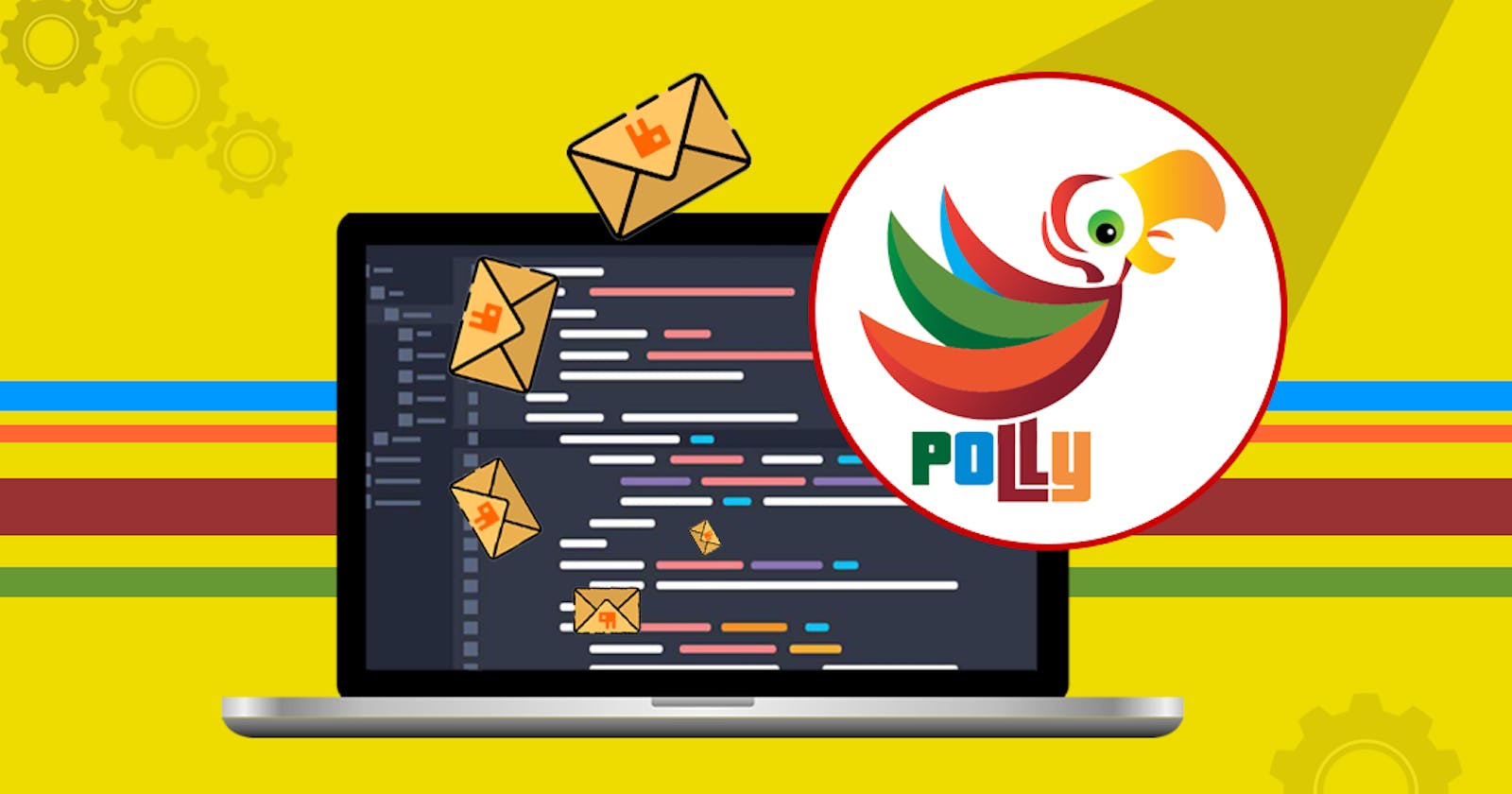Polly is a .NET library that makes it easier to implement the retry and circuit breaker patterns in C# applications. These patterns help to provide resilience and stability to applications by handling failures and preventing further failures from cascading and taking down the entire system.
Installing Polly
Polly is available as a NuGet package, which makes it easy to add to your project. You can install it using the following steps:
Open the NuGet Package Manager Console in Visual Studio.
Run the following command:
Install-Package PollyWait for the package to install.
After the installation is complete, you can start using Polly in your code by including the Polly namespace.
using Polly;
That's it! You're now ready to start using the retry and circuit breaker patterns in your C# application using Polly.
Retry Pattern
The retry pattern involves automatically retrying a failed operation a specified number of times before giving up. This can be useful in situations where the failure is temporary, such as when a service is temporarily unavailable or when there is a network issue.
To implement the retry pattern using Polly, you can use the Retry policy. Here's an example:
var policy = Policy.Handle<Exception>()
.Retry(3, (exception, retryCount) =>
{
Console.WriteLine($"Retrying due to {exception.GetType().Name}... Attempt {retryCount}");
});
policy.Execute(() =>
{
Console.WriteLine("Executing operation");
throw new Exception();
});
In this example, the operation is executed within the Execute method, and the Retry policy is used to handle any exceptions that are thrown. The policy specifies that the operation should be retried three times, and includes a delegate that logs the retry count each time the operation is retried.
Circuit Breaker Pattern
The circuit breaker pattern is used to prevent further failures from cascading by temporarily stopping execution of a failing operation after a specified number of failures. This allows the system to recover before continuing to execute the operation.
To implement the circuit breaker pattern using Polly, you can use the CircuitBreaker policy. Here's an example:
var policy = Policy.Handle<Exception>()
.CircuitBreaker(3, TimeSpan.FromSeconds(30),
(exception, duration) =>
{
Console.WriteLine("Circuit breaker tripped");
},
() => Console.WriteLine("Circuit breaker reset"));
policy.Execute(() =>
{
Console.WriteLine("Executing operation");
throw new Exception();
});
In this example, the CircuitBreaker policy is used to handle exceptions thrown by the operation. The policy specifies that after three failures, the circuit breaker should trip for 30 seconds. A delegate is also provided to log when the circuit breaker is tripped, and another delegate is provided to log when the circuit breaker is reset.
Customizing the Retry and Circuit Breaker Policies
Polly provides a range of options to customize the retry and circuit breaker policies to fit the specific needs of your application. Some of the options you can specify include:
The number of retries or the number of failures before the circuit breaker trips
The amount of time the circuit breaker should stay tripped
The type of exceptions to handle
Whether to wait between retries
Whether to use an exponential backoff strategy between retries
Here's an example that shows how to customize a retry policy to use an exponential backoff strategy:
var policy = Policy.Handle<Exception>()
.WaitAndRetry(new[]
{
TimeSpan.FromSeconds(1),
TimeSpan.FromSeconds(2),
TimeSpan.FromSeconds(4)
}, (exception, timeSpan, retryCount, context) =>
{
Console.WriteLine($"Retrying due to {exception.GetType().Name}... Attempt {retryCount}");
});
policy.Execute(() =>
{
Console.WriteLine("Executing operation");
throw new Exception();
});
In this example, the WaitAndRetry policy is used to handle exceptions, and the TimeSpan array specifies the wait time between retries. This creates an exponential backoff strategy, where the wait time between retries increases with each subsequent retry.
Similarly, you can customize a circuit breaker policy to handle specific types of exceptions, or to trip the circuit breaker after a different number of failures.
Advanced Usage
Polly provides additional features for advanced usage, such as the ability to execute multiple policies in a specific order, or to execute multiple policies for different parts of an operation. For example, you might want to first execute a retry policy, followed by a circuit breaker policy.
To achieve this, you can use the Wrap method to wrap multiple policies together. Here's an example:
var retryPolicy = Policy.Handle<Exception>()
.Retry(3);
var circuitBreakerPolicy = Policy.Handle<Exception>()
.CircuitBreaker(3, TimeSpan.FromSeconds(30));
var policy = retryPolicy.Wrap(circuitBreakerPolicy);
policy.Execute(() =>
{
Console.WriteLine("Executing operation");
throw new Exception();
});
In this example, the retry policy and circuit breaker policy are both created, and then wrapped together using the Wrap method. The resulting policy will first execute the retry policy, and then, if the operation still fails, it will execute the circuit breaker policy.
Conclusion
In conclusion, Polly is a powerful and flexible library that makes it easy to implement the retry and circuit breaker patterns in C# applications. With its range of customization options and advanced features, it provides a valuable tool for developers looking to improve the robustness of their applications. Whether you're building a new application or adding resilience to an existing one, Polly is a great choice for your needs.
